By William McPeak
The mortar is perhaps the oldest surviving ordnance piece developed during the Middle Ages. The earliest known forerunner to the mortar, introduced by Spanish Muslims about ad 1250, was essentially an iron-reinforced bucket that hurled stones with gunpowder. These weapons were distinctly short-barreled and featured high-trajectory firing to hurl a load of small stones over enemy walls. Early wrought-iron cannons from the late 13th century were relatively short-barreled and unreliable. The iron was banded and welded by parts and thus was potentially weak. With spherically chiseled stone for shot, the cannons were prone to bursting under explosive pressure. The alloy bronze was more expensive but it could be cast as a single item, like a bell, and thus it became the material of choice for ordnance pieces.
The Arcing Artillery Trajectory
Longer barrels continued to develop, but short barrels persisted. The bombard was a short-barreled cannon of the mid-14th century. The convenience of lighter ordnance was a factor in its continued use, as was its versatility. The duchy of Burgundy, long a competitor with France, was an early pioneer in such ordnance, creating short-barreled bombards mounted and rotated on a special elevation chassis. These bombards looked very much like modern mortars, and the special carriage provided for elevation to higher angles for lobbed trajectory.
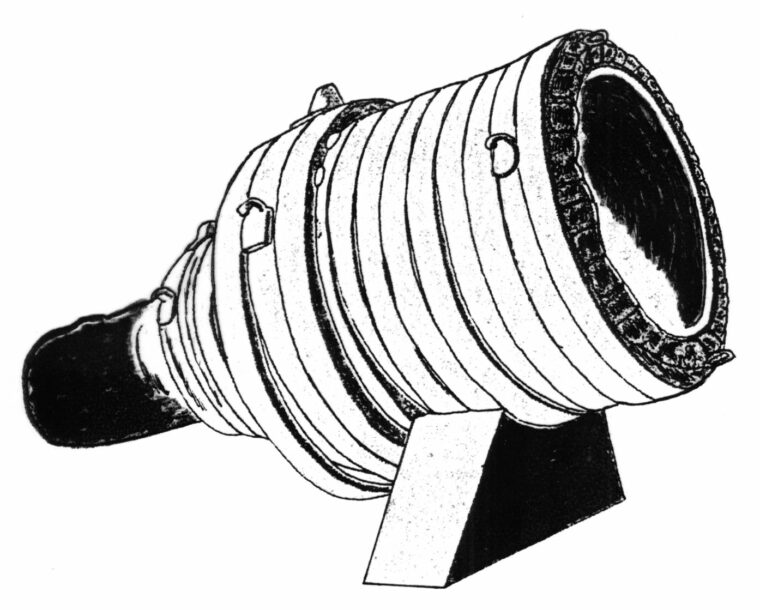
Shooting in an arcing trajectory was more effective than shooting horizontally at great distances, a fact that soldiers had learned gradually through archery and so-called wooden artillery, or siege engines. The cannon’s great asset over the high-arcing shots of siege engines was that a horizontal or flat-trajectory shot could pinpoint a target. It could blow in a castle gate or puncture a wall. Optimum angles of fire for cannons progressed with gunners’ field experience, depending on the distance of the target and the aim of the particular artillerists involved.
Firing missiles at increasing angles (up to 30 degrees) was a matter of not aiming the cannon at a particular point. Even so, experience showed that high-trajectory shots had many advantages. This knowledge sparked a new addition to ordnance about 1420—the mortar. The mortar was squat and looked like the bowl used to grind medicines—the mortar and pestle—thus the name. It was an indirect-fire weapon, with a steeper angle than cannons (starting at about 45 degrees of elevation) for high-arcing trajectories. The advantage was that the usual missiles, various sizes of hewn stones or metal shots, could fall directly on or behind fortifications, thus providing direct hits from above. The short barrel meant low velocity and short range, but the mortar’s accuracy proved proportionally better than traditional siege engines. Another advantage was that it could be fired from better-concealed and -protected placements. At the same time, the mortar provided besiegers with an effective means of lobbing missiles down on entrenched enemy ordnance and forward troop positions.
Early Mortar Design
A rigid support was essential to the accuracy of any large piece of artillery, including the mortar. Strapping or roping a cannon to some sort of frame was followed by the development of specialized carriage supports for horizontal and trajectory firing. Mortars needed similar heavy support for stability and to counteract recoil. By the late 15th century, smaller-sized mortars appeared with cart-like gun carriages and wooden wheels like those for cannons. A common early support for the light mortar—about two feet in length—was a flatbed base without wheels, a wooden framework, and iron lifting handles. The light mortar had a range of about 200 yards, requiring adjustments for both angle of elevation and proportion of gunpowder used.
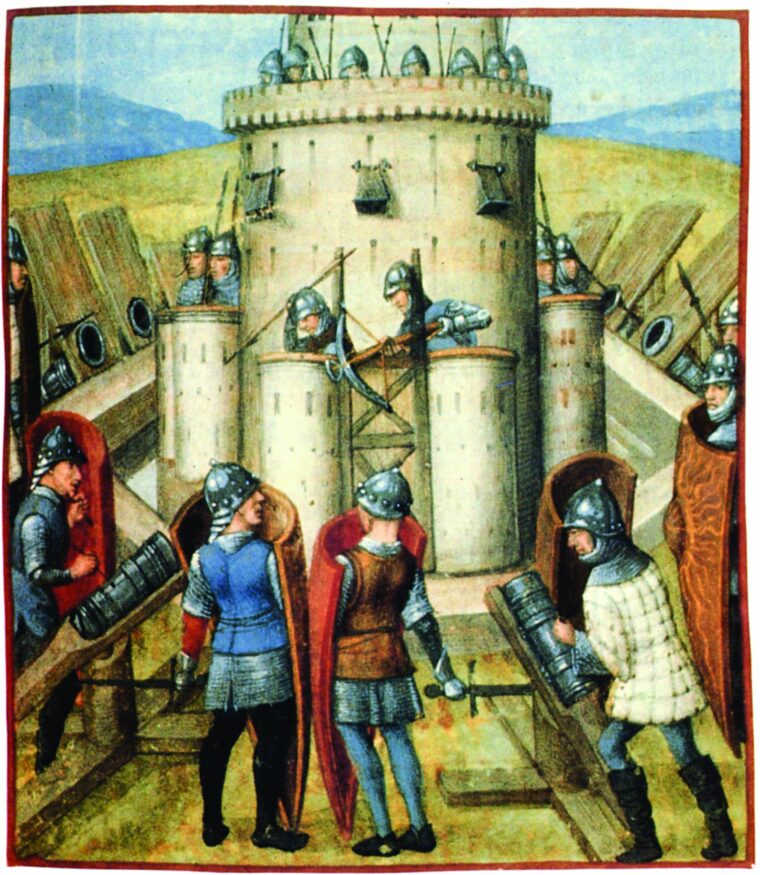
Changing barrel elevation could take time when done with wooden blocks and wedges placed under the mortar barrel. It was a much smarter proposition, especially with larger mortars, to cast or weld them with trunnions, cylindrical lugs on each side of the barrel that could be used to set and change the barrel’s elevation in an adjustable carriage or cradle. By about 1470, this was a typical mortar-founding technique.
Predicting Trajectory
Well into the 16th century, mortar trajectory was reasoned to be most effective at an elevation of 45 degrees, and mortars were often cast as a single piece with an integrated bed fixed at that angle. This meant that mortars had to be moved or fitted with blocks and wedges to vary the trajectory when 45 degrees was found to be inadequate. Even into the 1750s, mortars were still being cast in this manner, inevitably requiring similar adjustments. But trunnions were now set back nearer the base of the mortar, making for an easier means of varying angles.
Practical science for aiming and ranging mortars grew out of nonmilitary pursuits, most typically surveying and navigation. But while mathematicians explained shot trajectory by means of geometry, the plain gunner still depended on his experience for expert aiming. Aside from books about gunnery for the few who could read, there were simple measuring instruments—the quadrant, shadow square, level, and plumb bob—to elevate the barrel and figure distance. Enterprising mathematicians and instrument makers such as Leonhard Zubler were quick to adapt designs used by surveyors, sailors, and astronomers for gunners as well. Standardization of charge and range produced fairly accurate rules for aiming and lobbing shots into the enemy.
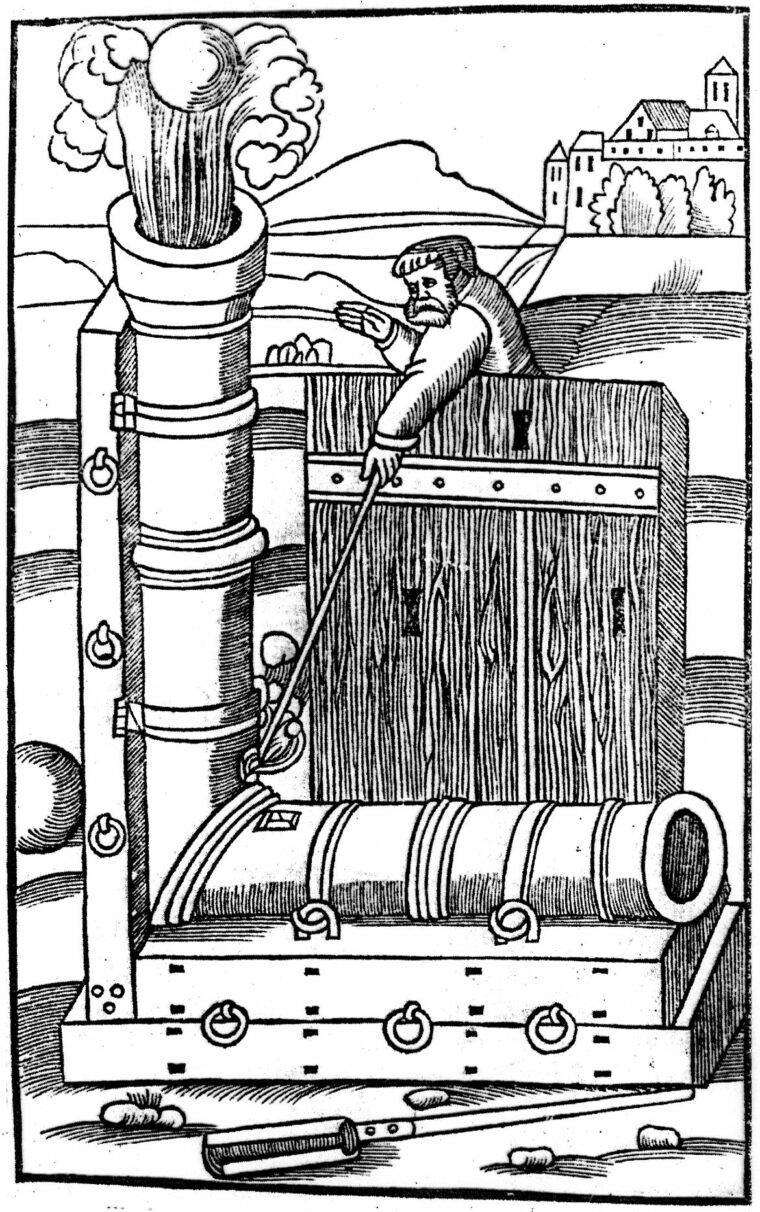
Innovations in Size and Shot
Large mortars began operating in the late 15th century. One of the biggest had a bore of 35 inches. The ever-innovative Knights Hospitallers of the Order of St. John countered the three 25-inch-bore bronze cannons that the Turks brought to besiege the island of Rhodes in 1480 with matching 25-inch bore bronze mortars within the city walls that dropped 100-pound stone shots and other lethal missiles onto the enemy’s artillery emplacements.
In the 16th century, mortar use began to grow, becoming essential for field tactics and fortification defenses. Mortars without a mobile carriage of some sort had to be lifted by men and machines onto a wagon for transport. By the late 16th century, exploding shot—essentially hollow iron balls of various calibers filled with gunpowder and capped with a fuse dropped into a cannon muzzle—was also used in mortars. For the mortar gunner, putting the shot fuse upward or downward was a pressing problem. Lighting a turned-up fuse in the mortar barrel was far simpler than manipulating heavy shot into the barrel with the fuse upside down. In the latter case, the shot fuse could prematurely ignite the main charge, causing the shot to explode before leaving the mortar—resulting in a ruined mortar and a dead gunner. So the shot usually was placed fuse-up in the mortar and then lit. Eventually gunners realized that either the shot or fuse would ignite anyway with the firing of the main charge.
Mortars on the Seas
As the cannon went to sea aboard 15th-century warships such as the caravel, the Mediterranean war galley, and the galleon, mortars followed. Fixed cannons could be depressed only to a limited degree, and swivel cannons were of limited use or effectiveness, so enemy ships were relatively safe from artillery fire. In contrast, a medium-sized mortar with a high angle of fire, filled with a burlap bag of small shot balls known as grapeshot, could be positioned close to the rail and aimed at a near-vertical angle to rain down destruction on enemy skiffs or ships approaching close enough for boarding.
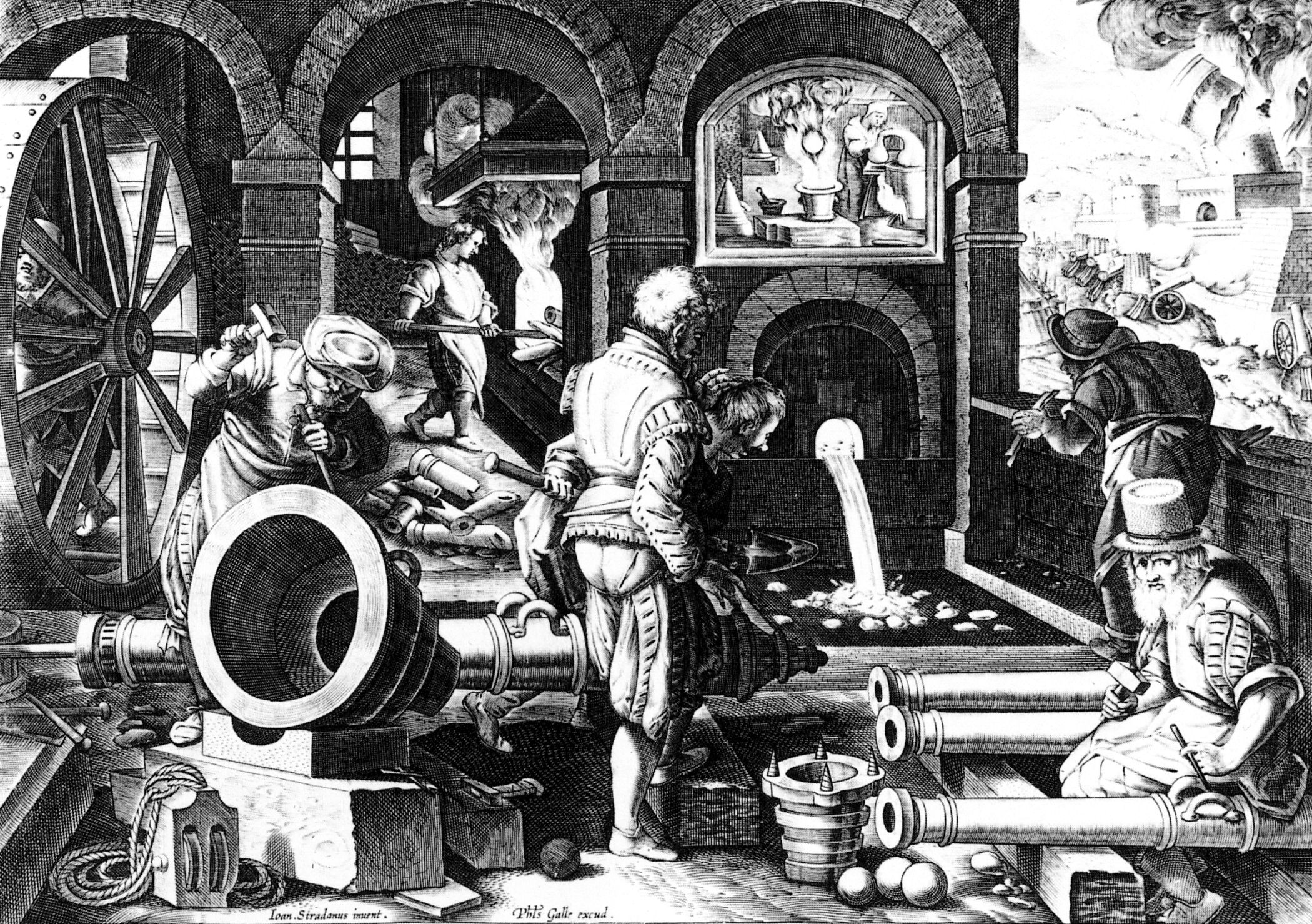
Mortar innovations continued to develop. In the late 17th century, small single-masted ships devoted to handling large mortars became highly effective in naval bombardments. Called simply mortar ships, these carried a combined gun and ship crew of eight and a complement of two huge mortars on massive turntable supports and embedded in a ball-and-socket base for aiming. Mortar ships were ideal for bombarding fortifications or strongpoints on high bluffs and cliffs, especially if they were able to maneuver close enough to shore to be protected from the forts’ guns, with their limited angles of fire.
Design and Doctrine Standardized
On land, a portable mortar named the Coehorn after its inventor, Dutch military engineer Baron van Menno Coehoorn, appeared in 1673. At a bit over 200 pounds, the Coehorn was very popular as mobile siege ordnance. Crude mortars could still be homemade to extreme. In 1659, Polish soldiers dug angled holes in the ground while besieging the Swedes at Thorn and filled these with gunpowder and rock as primitive mortars. In 1771, the British Royal Artillery at Gibraltar drilled angled holes in the rock and used them similarly as mortars. It was also said, though never proved, that the Russians hollowed out ice to use as mortars with gunpowder-propelled ice shots.
By 1750, there was a good deal of standardization, with mortar bores usually sized at 4.25, 5.5, 8, 10, and 13 inches. Large-caliber field mortars were also used, but they had to be portable enough to use on siege trains. Even in the wilderness of the New World, during the French and Indian War, large ordnance such as 18-inch mortars was used for laying siege to French and English colonies accessible by sea, lake, or river navigation.
By the early 19th century, effective iron casting of ordnance on a wide scale was finally applied to mortar design. (With more potent gunpowder in use, only iron could effectively support the biggest bore mortars.) In 1832, French arms inventor Henri-Joseph Paixhans cast a 36-inch-bore “Monster Mortar” that was used effectively in the French siege of Antwerp. In 1857, the Woolwich Arsenal in London came up with the more elegantly named Mallet’s Mortar, which also used a 36-inch bore but followed the general European trend of rifling mortars for greater and more accurate range.
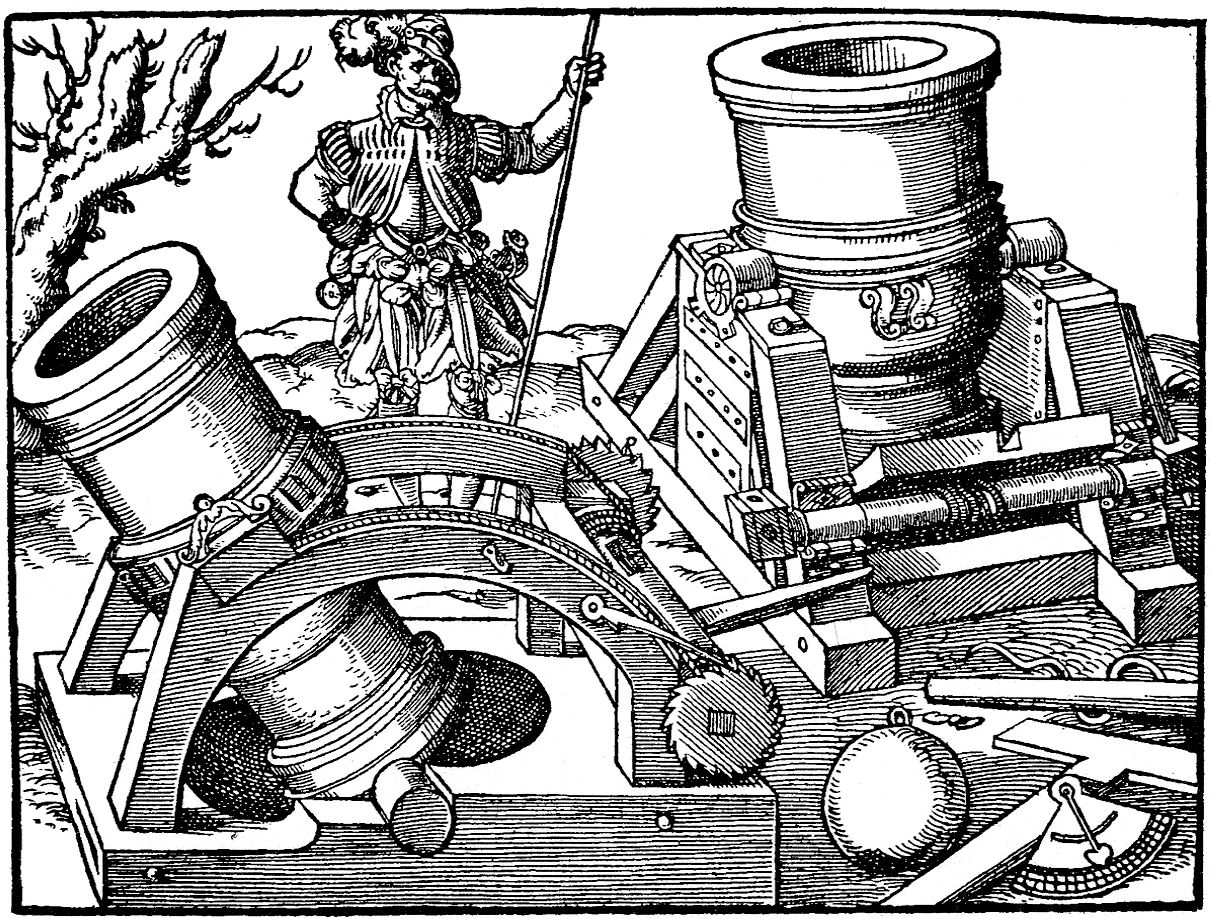
The Mortar in the Modern Era
In the mid-19th century, the small portable Coehorn found ready use along with larger mortars during the American Civil War. By the end of the century, however, concerted military opinion in European countries such as Great Britain held that mortars were obsolete alongside the great advances in cannon technology. Still, the mortar did not completely die out. During the Russo-Japanese War (1904-1905), German military observers saw the effective use of metal-tubed, highly portable mortars using a compact cylindrical charge or round with some sort of propellant charge attached to its base and ignited with a projecting detonator pin. The modern mortar was born. By the start of World War I, the rush of mortar technology was rampant—the German minenwerfer (literally “mine thrower”) and the famous British Stokes mortars were two much-copied models.
Heavy designs still prevailed for traditional fortification bombardment. Various trench mortars, among the biggest being the British 9.45-inch Flying Pig and the Austrian 305mm Skoda, required cannon-like wheel carriages. New models with more options such as battlefield illumination at night and smoke screening, would emerge during World War II. Intriguing and innovative designs such as the Spigot mortars found application in antisubmarine warfare at sea. At the same time, heavy mortars were mounted on vehicles such as jeeps and half-tracks for use on European battlefields.
Today, mobility in mortar deployment is a chief area of tactical application. With a 120mm bore now the standard size for heavy tactical applications, various countries have developed mortar systems using the latest smart bomb technology, computer-based firing options, and GPS-based ranges adapted to armored vehicles and tank-like platforms. Such contemporary mortars include the AMOS, AMS-II, Bighorn, CARDOM, and Dragon Fire systems. The old rock-throwing mortar has come a long way, indeed, since its first appearance in the 13th century.
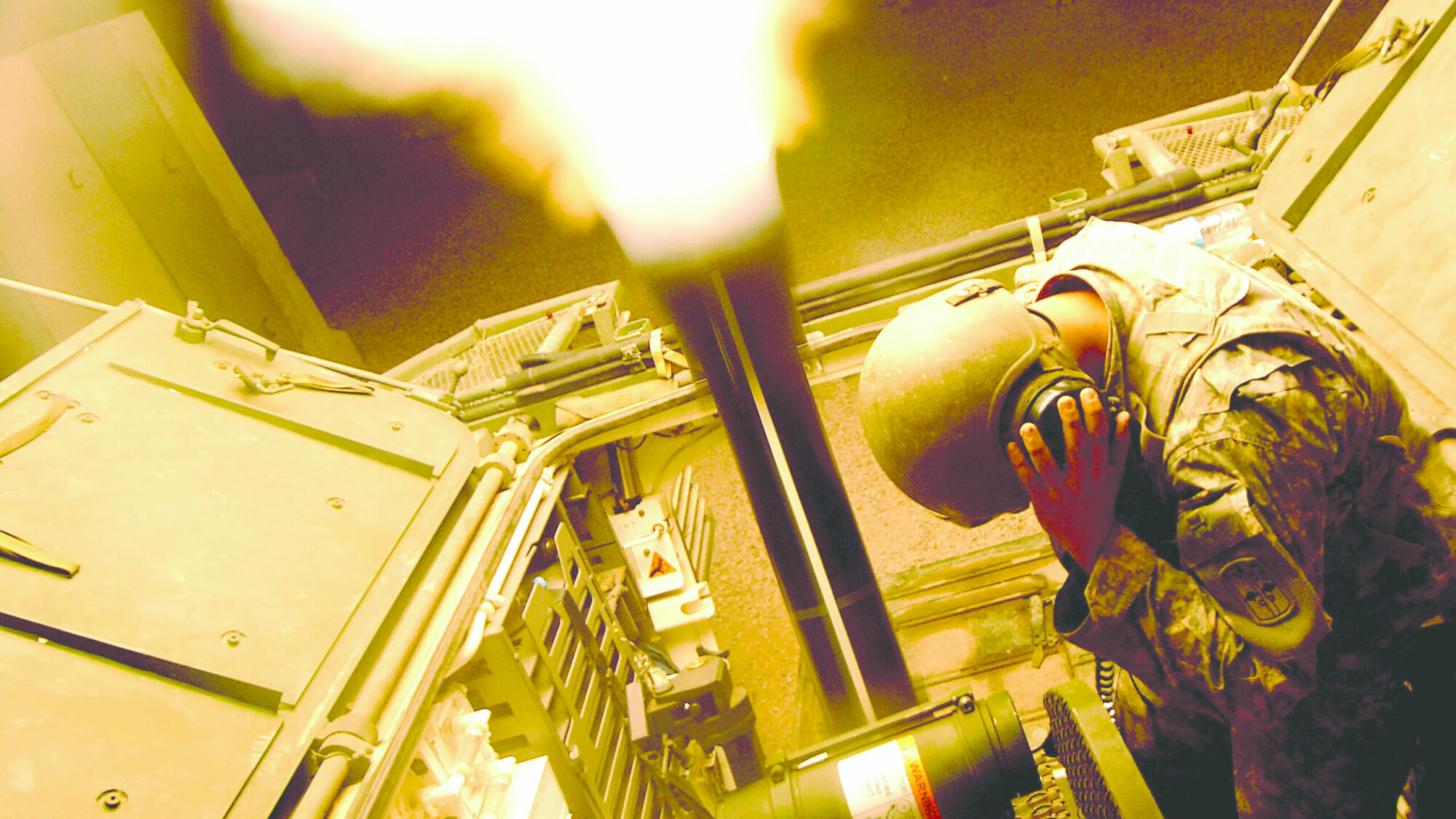
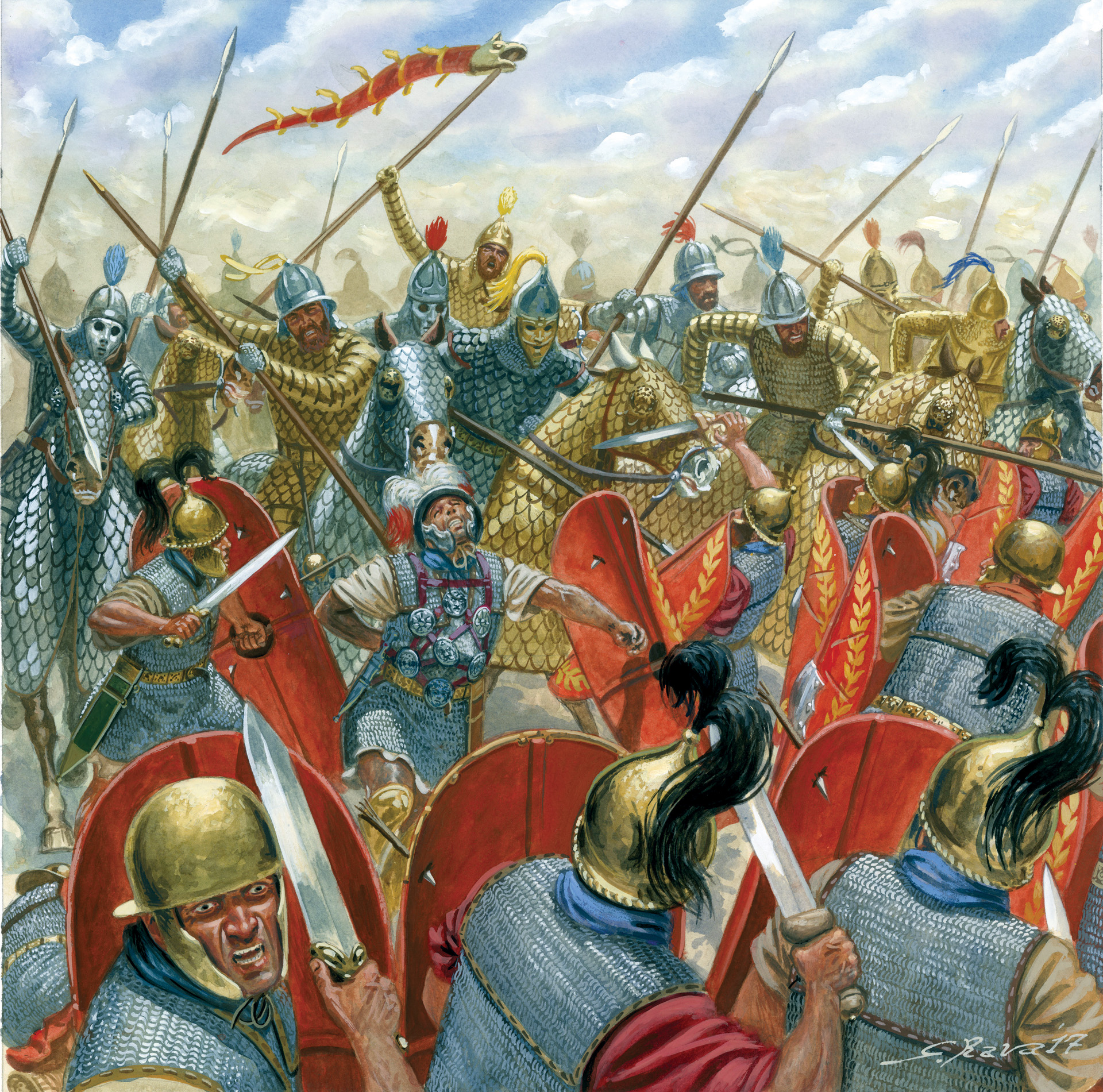

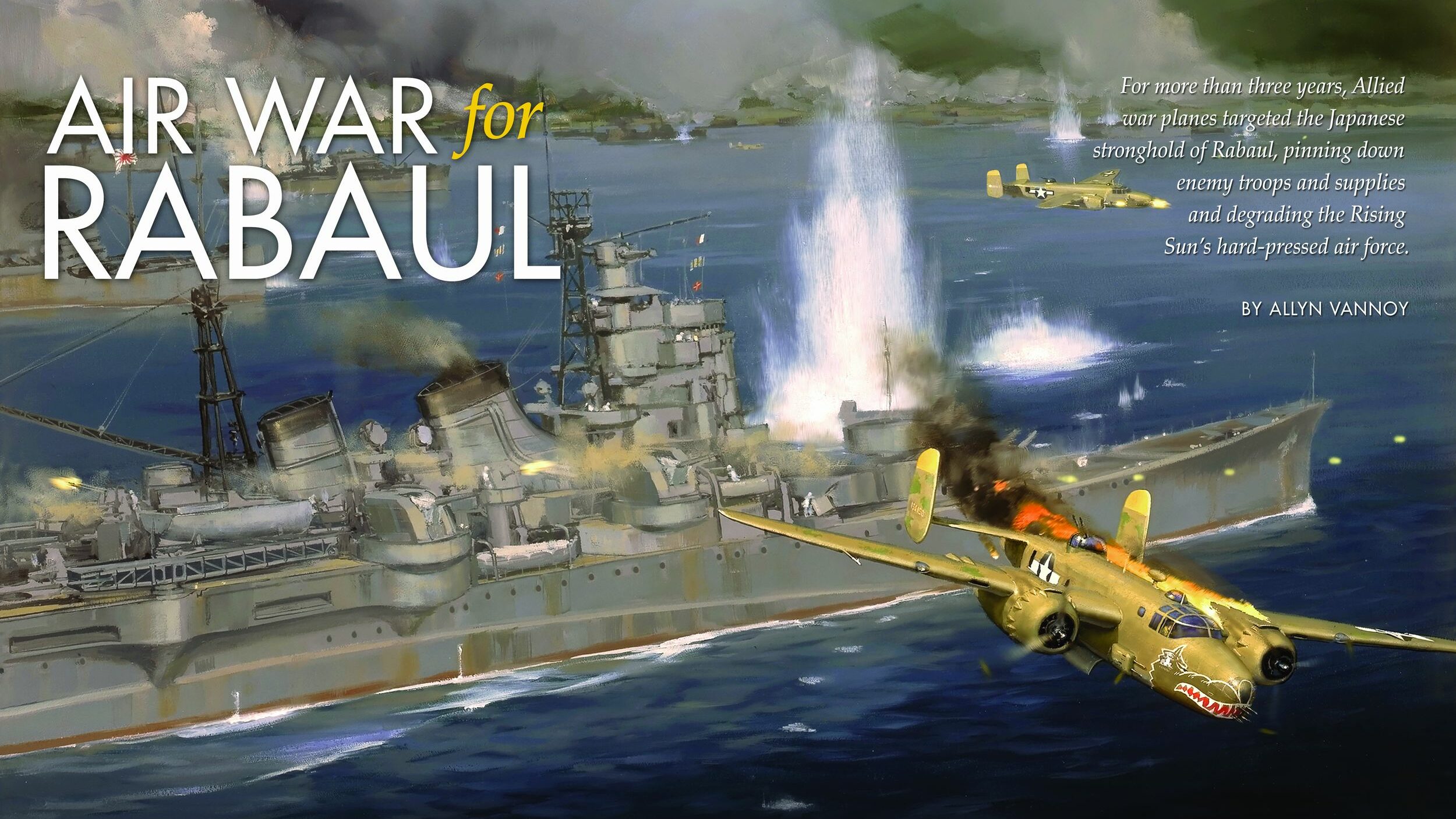
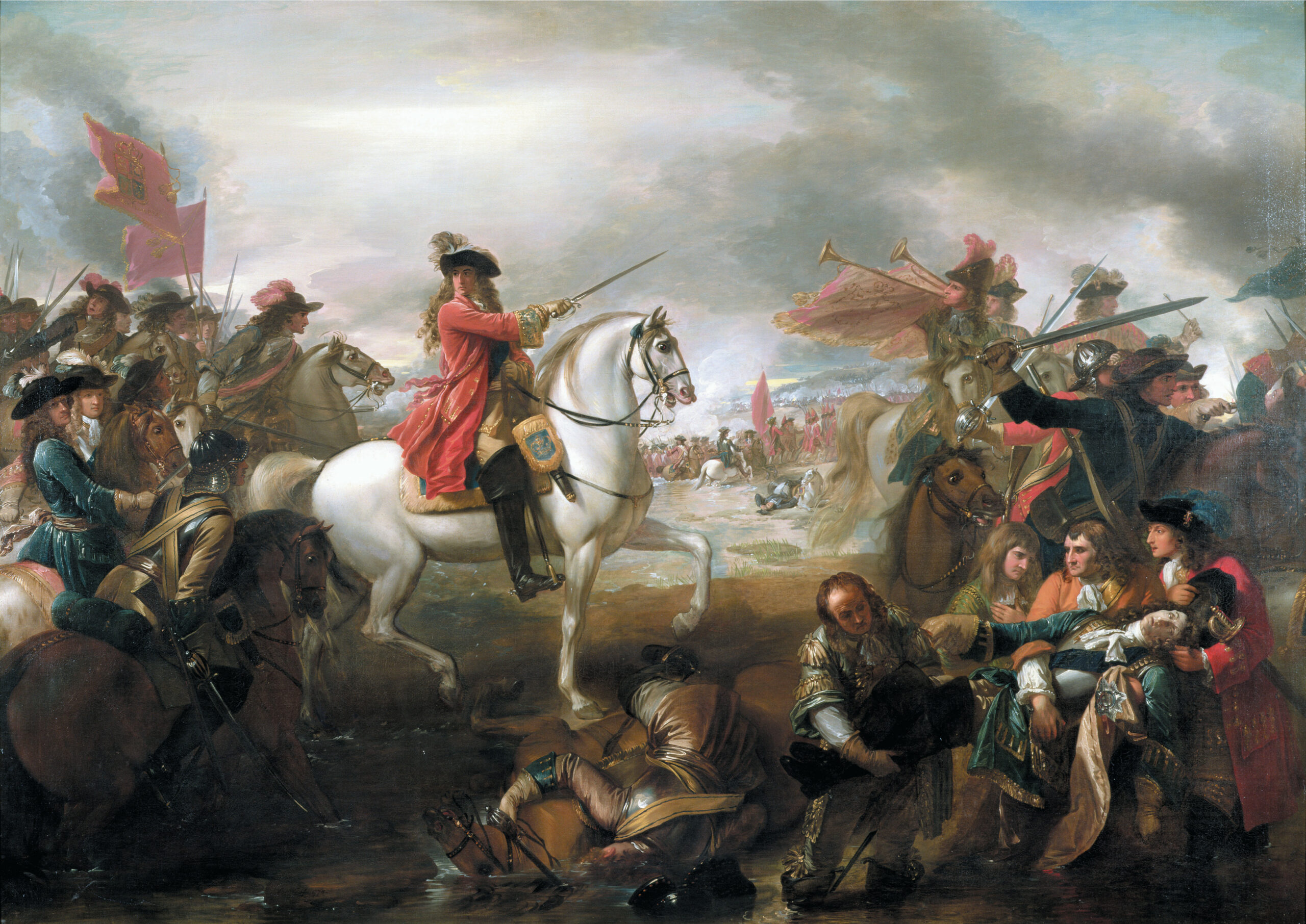
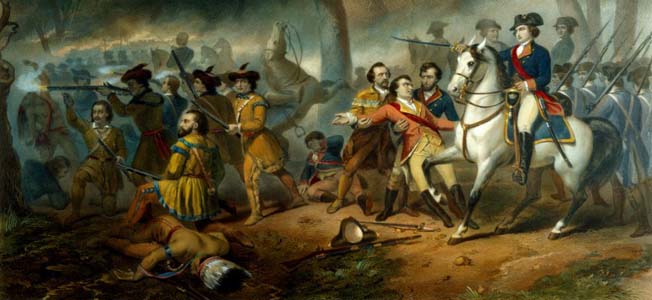
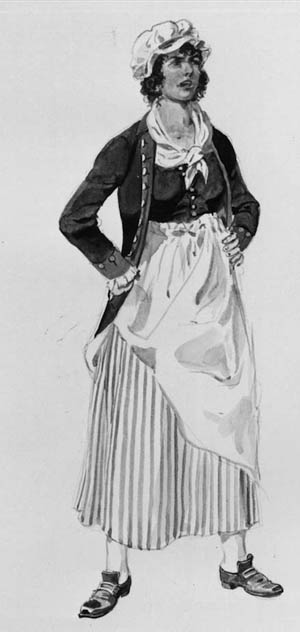
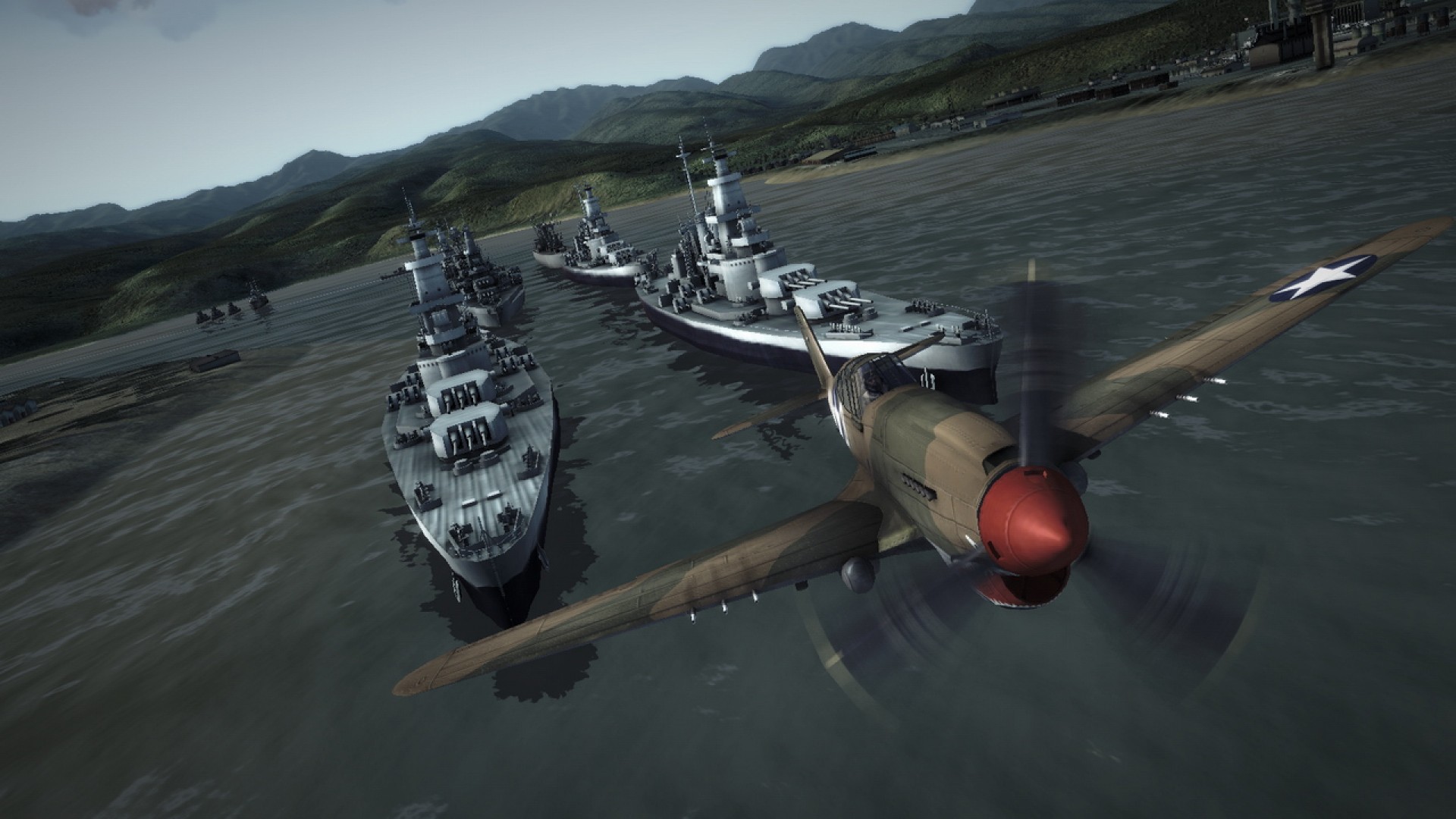
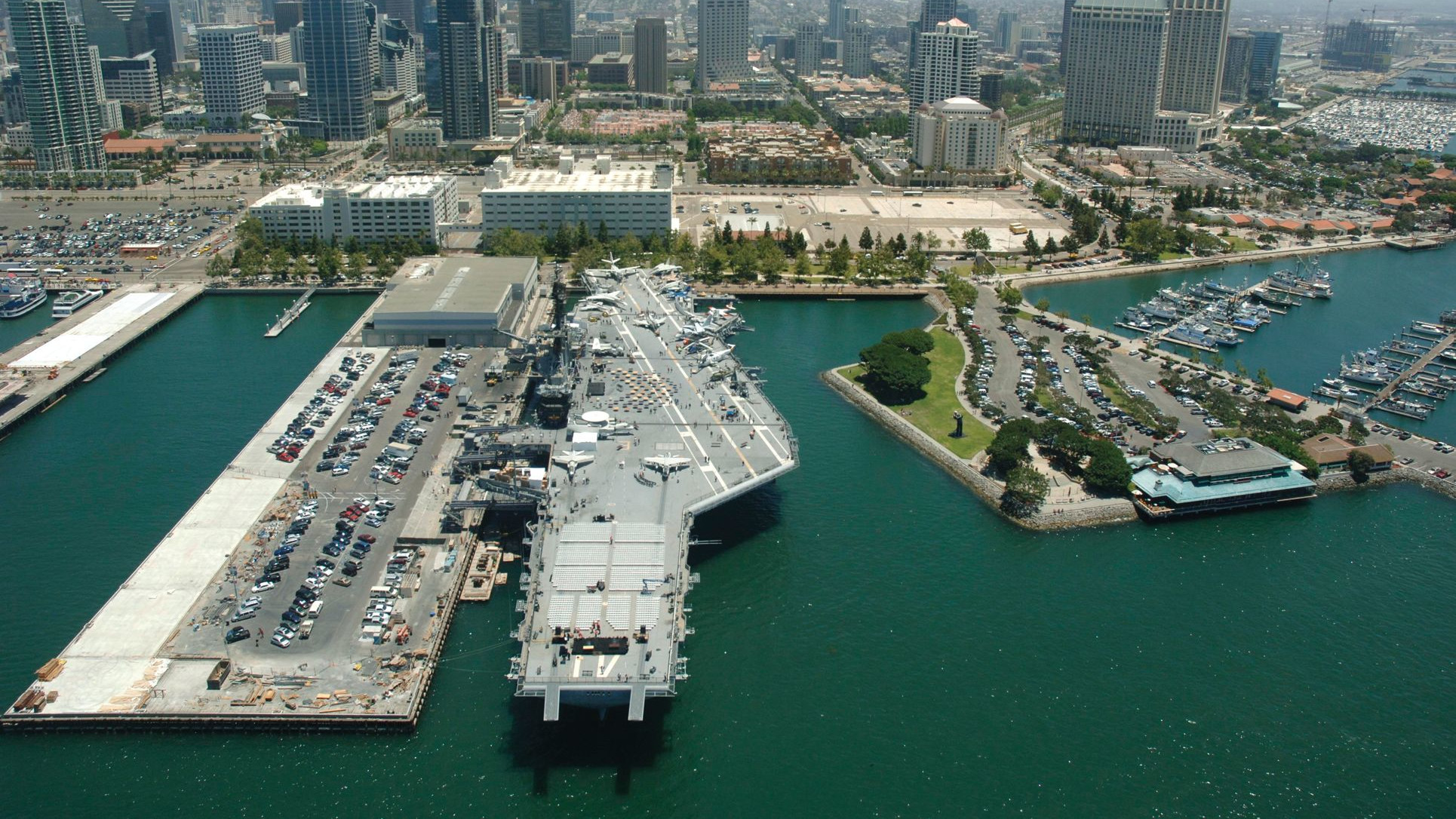
Join The Conversation
Comments
View All Comments